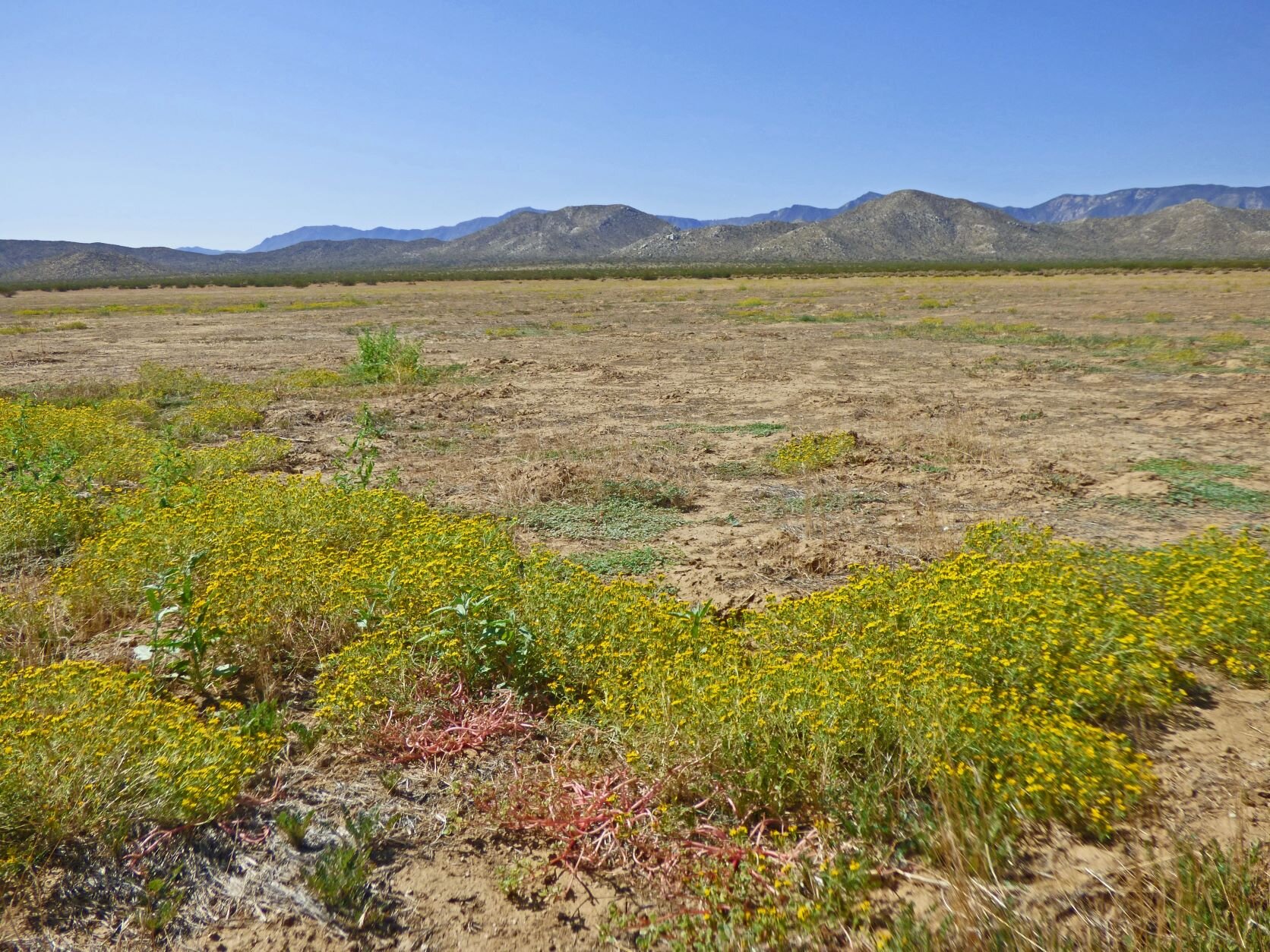By Fred M. Roberts, CNPS-SD Rare Plant Botanist
Oaks appear to be one of the more popular native plants in California. There seem to be plenty of San Diego CNPS members that think so just based on the number of oak t-shirts I sold at the CNPS Chapter Plant Festival last fall and the number of people who have recently asked how the second edition of my oak book is coming along.





